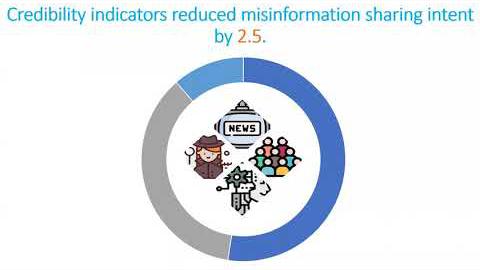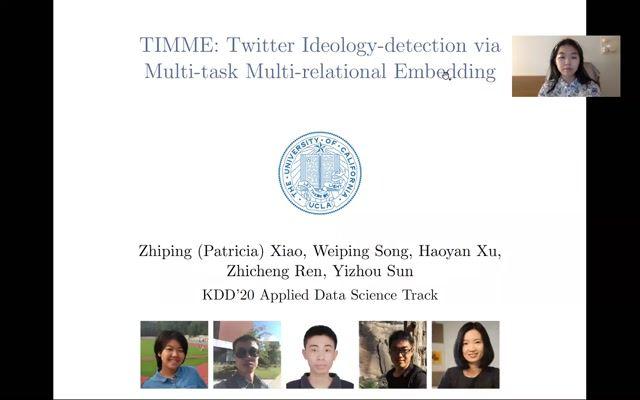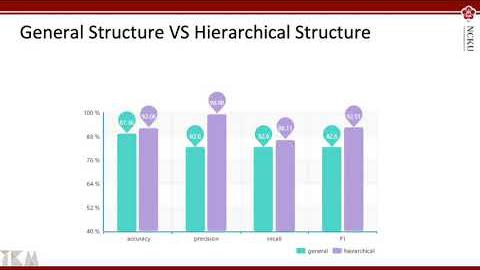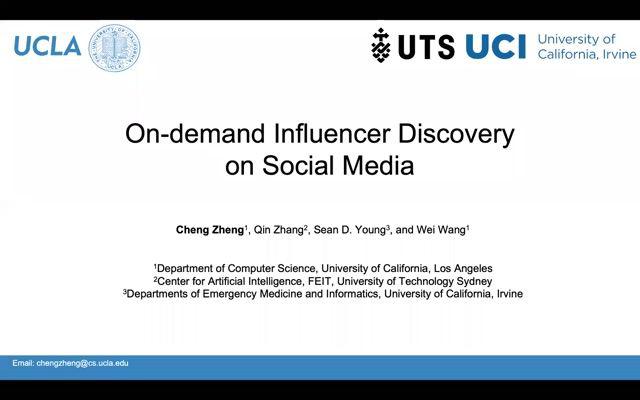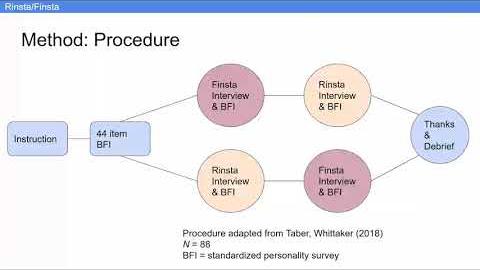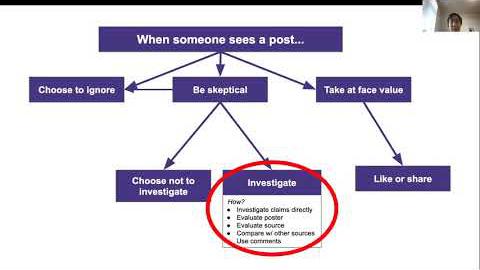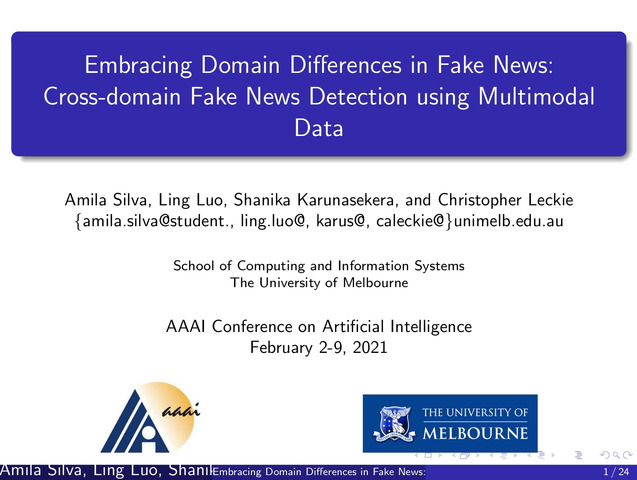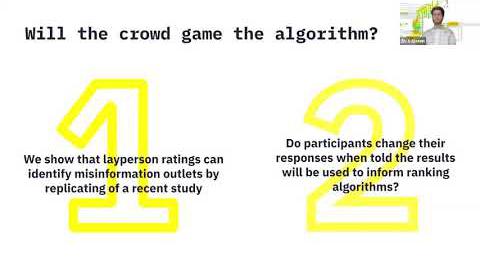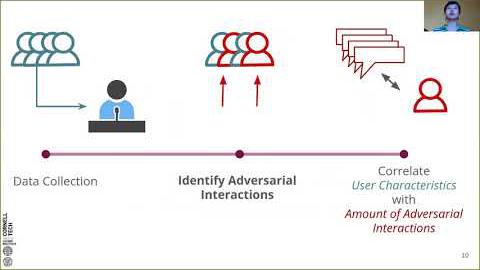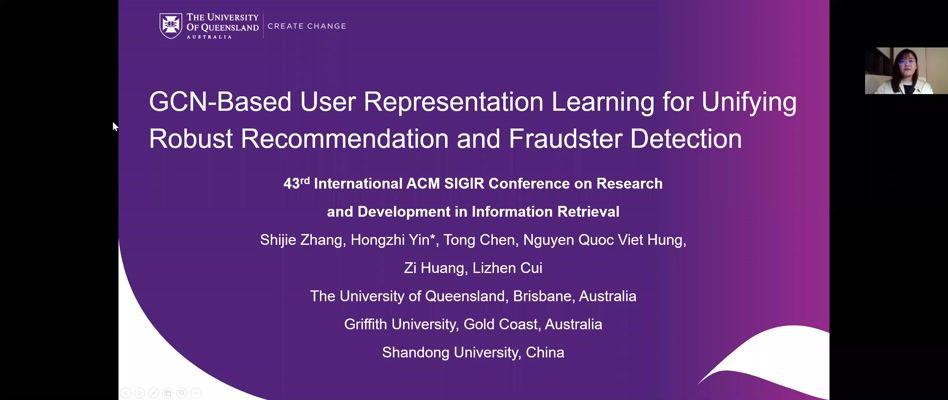Abstract:
The dissemination of fake news intended to deceive people,
influence public opinion and manipulate social outcomes, has
become a pressing problem on social media. Moreover, information
sharing on social media facilitates diffusion of viral
information cascades. In this work, we focus on understanding
and leveraging diffusion dynamics of false and legitimate
contents in order to facilitate network interventions for
fake news mitigation. We analyze real-world Twitter datasets
comprising fake and true news cascades, to understand differences
in diffusion dynamics and user behaviours with regards
to fake and true contents. Based on the analysis, we model
the diffusion as a mixture of Independent Cascade models
(MIC) with parameters \\theta_T , \\theta_F over the social network graph;
and derive unsupervised inference techniques for parameter
estimation of the diffusion mixture model from observed, unlabeled
cascades. Users influential in the propagation of true
and fake contents are identified using the inferred diffusion
dynamics. Characteristics of the identified influential users
reveal positive correlation between influential users identified
for fake news and their relative appearance in fake news cascades.
Identified influential users tend to be related to topics
of more viral information cascades than less viral ones; and
identified fake news influential users have relatively fewer
counts of direct followers, compared to the true news influential
users. Intervention analysis on nodes and edges demonstrates
capacity of the inferred diffusion dynamics in supporting
network interventions for mitigation.





